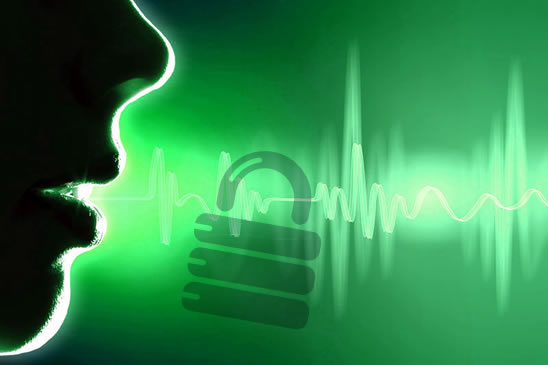
Most electronic person-authentication systems today work on the basis of:
Biometric authentication systems function on the basis of “who you are”. They rely on the physical traits of a person, such as the person’s face, voice and speech patterns, fingerprint, gait, ear-shape, iris-pattern, hand-writing, or even keyboard-typing tendencies, to be able to unambiguously identify and distinguish this person from others. The greatest advantage of biometrics based authentication is that biometric traits of a person cannot be (easily) copied, stolen, or lost. Another advantage, which helps in identifying individuals uniquely, is that it is very improbable for two persons to have exactly the same biometric traits. The challenge lies in the fact that, nevertheless, no two biometric samples are exactly the same. For example, even two fingerprints collected a few minutes apart, from the same finger of the same person, may be slightly different from each other. Similarly, a person’s voice may change from one week to another, or even within the space of a single day. These variations are referred to as “inter-session variability” of a specific individual. The challenge for a biometric authentication system is to be able to distinguish one individual from another, while dealing with inter-session variability of each individual client.
TeSLA plans to use several biometric verification instruments to authenticate students remotely. One of these instruments, the subject of this article, is the voice-recognition (VR) instrument. This instrument learns to recognize individuals based on their voice patterns. Here, we explain in general terms how this instrument works.
The first step is to enroll a new student for this instrument. This is done using a certain number of “enrollment speech samples” provided by the student. During enrollment, the student should speak normally, and should record several short sentences (each about 10 seconds long). To be able to capture the variability of this student’s voice, ideally, enrollment samples should be recorded over several sessions, with a time-interval between sessions of a week or so. Also, if possible, the different sessions should be scheduled at different times of the day. Another important point to remember is that the student should use the same equipment for recording the enrollment samples that he or she plans to use for the course later on (e.g., the same laptop or iPad).
The VR instrument processes each enrollment sample of the student in question, and produces an “iVector” (identity-vector) corresponding to the sample. iVector technology has recently become popular for speaker-recognition applications, and has been shown to be very effective in encapsulating the intra-speaker variability. The iVector for each enrollment sample is stored in a database (together with the identity of the student being enrolled). Figure 1 illustrates the enrollment process.
Figure 1: Speaker-enrollment in TeSLA’s VR instrument.
The VR instrument can authenticate enrolled students based on their speech samples. For example, at the beginning of a remote-exam, the student first logs in (i.e., provides a “claimed identity”) to TeSLA. When the student provides oral answers to questions during the exam, the student’s speech is recorded in the TeSLA system. These recordings (termed “probe samples” in Biometrics jargon) can be processed by the VR instrument, to again generate corresponding probe-iVectors. The new iVectors can now be compared to the previously enrolled iVectors for the claimed identity. If a probe-iVector is sufficiently similar to the enrolled iVectors, the claimed-identity of the student is accepted. Otherwise, the identity-claim is rejected. The speaker authentication process is schematically explained in Figure 2.
As Figures 1 and 2 indicate, the speaker-recognition system relies on a previously trained “UBM” (Universal Background Model) to produce iVector representations of speech-samples. This UBM, in broad terms, represents the space of human speech, and is critical to the success of the VR instrument.
Initial implementation of the VR instrument is complete, and it is expected to be deployed in the 2nd pilot of TeSLA. The current UBM has been trained using speech-data external to the TeSLA project. Based on the results of the pilot, as well as the speech data collected during the pilots, we will tune the UBM further if necessary, to achieve the desired speaker-recognition performance.
Figure 2: Speech based authentication in the VR instrument.
The IDIAP – TeSLA Team.
FUNDED BY THE EUROPEAN UNION
TeSLA is not responsible for any contents linked or referred to from these pages. It does not associate or identify itself with the content of third parties to which it refers via a link. Furthermore TESLA is not liable for any postings or messages published by users of discussion boards, guest books or mailing lists provided on its page. We have no control over the nature, content and availability of any links that may appear on our site. The inclusion of any links does not necessarily imply a recommendation or endorse the views expressed within them.
TeSLA is coordinated by Universitat Oberta de Catalunya (UOC) and funded by the European Commission’s Horizon 2020 ICT Programme. This website reflects the views only of the authors, and the Commission cannot be held responsible for any use which may be made of the information contained therein.